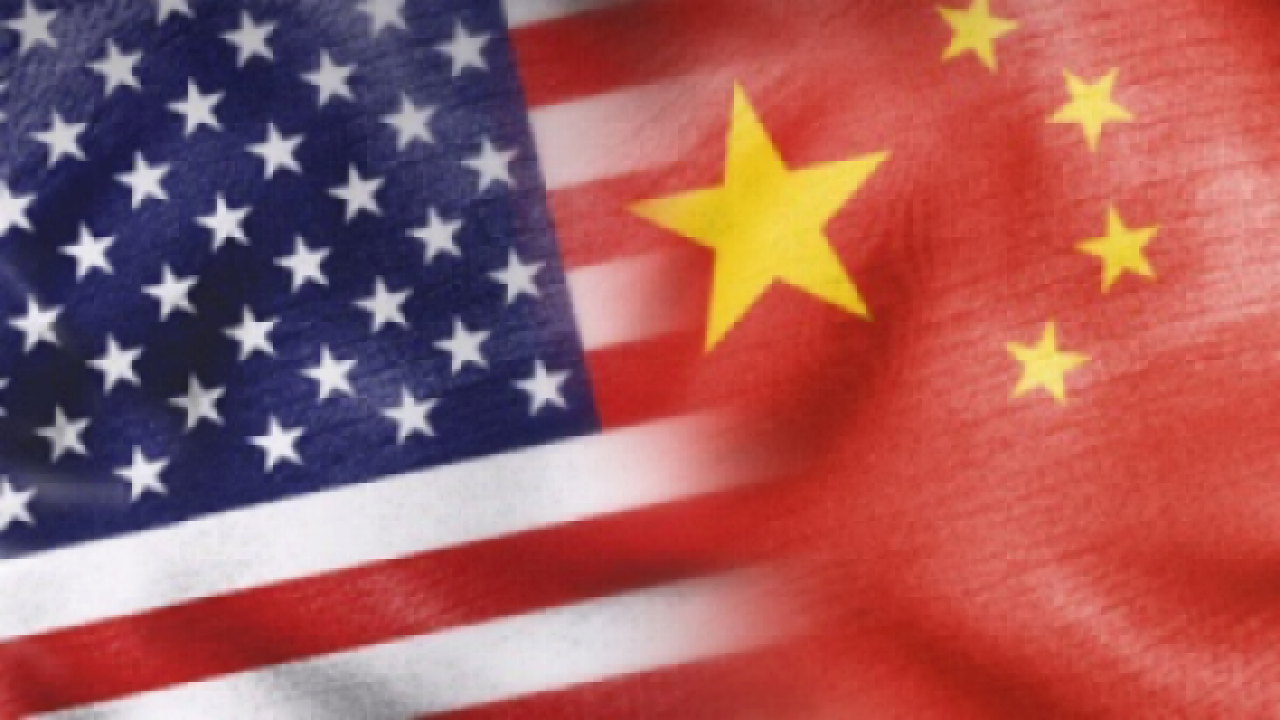Analyst: U.S.-China Relations Need a Reboot
Article By : Dylan McGrath, EE Times

Collaboration, not tariffs supposedly the way forward
Handel Jones just got back from China, and he doesn’t like how the techno-politics are playing out.
China’s middle class is getting riled up by American tariffs and moves against ZTE. They are increasingly passionate about a government move to invest in its technological independence from the U.S.
The veteran semiconductor analyst said that President Trump needs to take a page from President Reagan’s playbook and significantly increase federal investment in U.S. technology. “The DARPA [ERI] program is good, but we need something that’s 10 or even 100 times that size,” said Jones.
Reagan invested in big tech programs like the B-1 bomber, Star Wars missile defenses, and the global positioning system. They reinforced a position of technological superiority of the U.S. over the former Soviet Union.
Today, China is outspending the U.S. It is ramping programs worth hundreds of billions of dollars in areas such as AI and semiconductors and other projects under its Made in China 2025 initiative.
The spending in chips alone is breathtaking. China’s largest foundry, SMIC, is expected to get $10 billion to ramp up 14-, 10- and 7-nm nodes in new fabs that could kick out 70,000 wafers/month by late 2021.
Like many China initiatives, it’s not clear if the bold bet on SMIC will succeed. The foundry apparently has not yet been able to produce a FinFET process, although it struck a deal in 2015 to develop a 14-nm node with help from imec and Qualcomm.
Now, SMIC reportedly will rely on Taiwan’s UMC for 14-nm technology and its follow-ons. Market success is another hurdle given that TSMC is already seeing a steep decline in its 10-nm sales, noted Jones.
SMIC is one of China’s largest semiconductor gambits, but it has several others. Huada Semiconductor, a maker of chips for smart cards, could get $7 to $14 billion as part of a plan to bring up 28-nm processes with new local partners and management, said Jones.
Shanghai Jita Semiconductor, a subsidiary of Huada and China Electronics Corp., announced plans to build 200-mm and 300-mm fabs for analog and power semiconductors in Shanghai in a deal worth a total of $5.18 billion, according to a September report from the U.S. SEMI trade group.
Meanwhile, Huali is expanding in Shanghai, Grace is building a new fab in Wuxi, and Yangtze Memory announced in August bold plans to take significant market share in NAND flash.
The China investments come at a bad time for the American semiconductor industry.
Intel, the largest semiconductor firm in the U.S., is struggling to produce 10-nm chips. GlobalFoundries recently decided to halt plans for 7-nm chips, and one of its more promising investments is in FD-SOI technology, which it is ramping up in Germany and China.
President Reagan used big U.S. investments to get an edge over the Soviet Union, which was said to have nearly bankrupted itself trying to keep up. The situation is very different with a well-heeled and still growing China.
Rather than alienate the China government and its people, the U.S. should adopt a more collaborative approach, suggested Jones. He advocated an approach of working with China while also ratcheting up federal technology investment.
— Rick Merritt, Silicon Valley Bureau Chief, EE Times
Subscribe to Newsletter
Test Qr code text s ss


